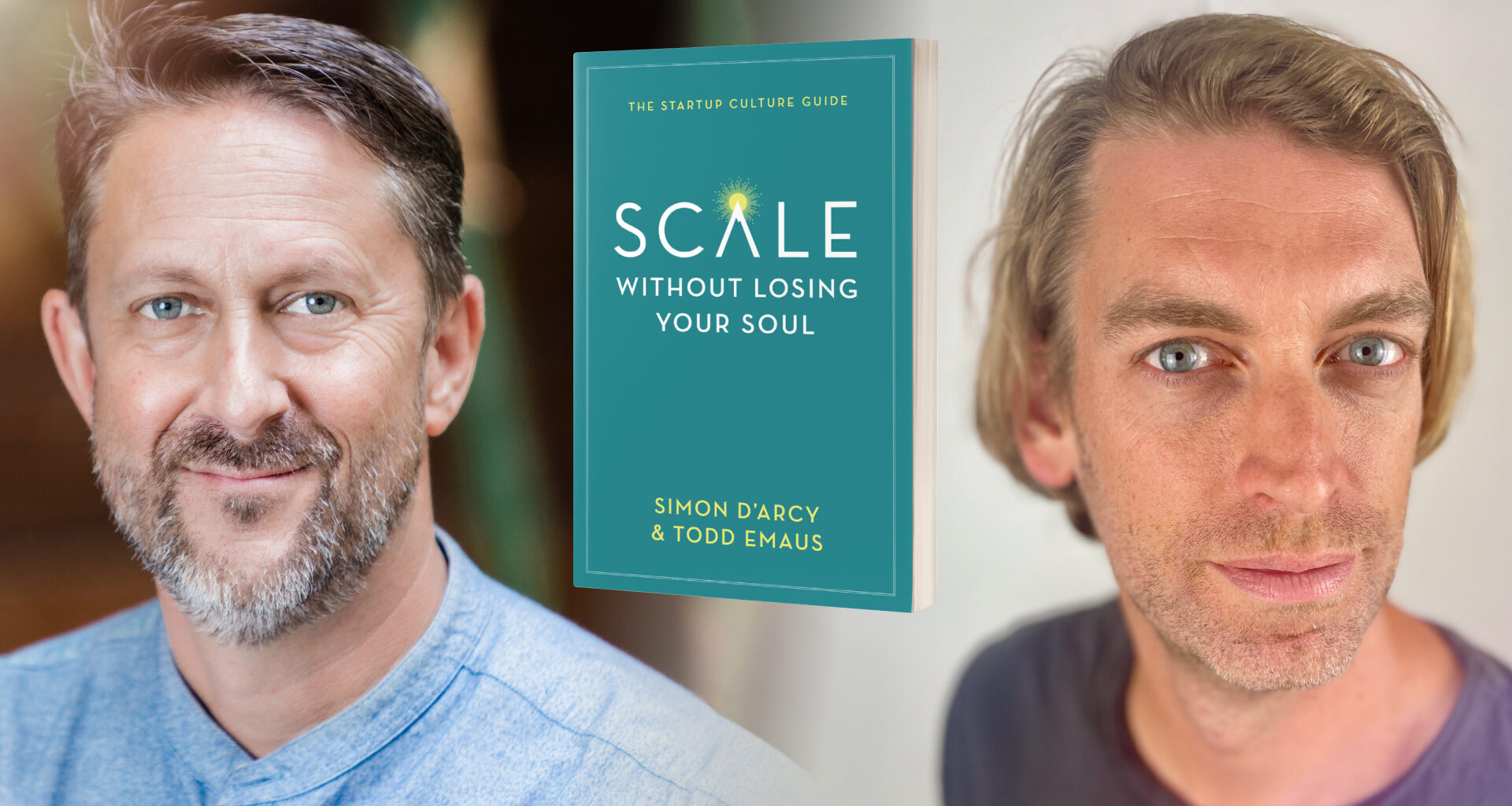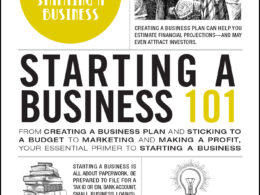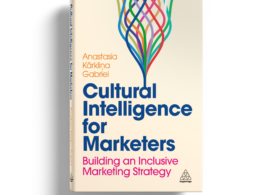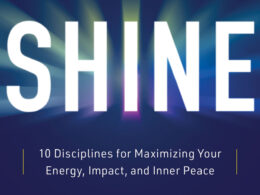The following is an excerpt from “Scale without Losing Your Soul: The Startup Culture Guide“ by Simon D’Arcy and Todd Emaus, partners at Evolution, a coaching, consulting and investment firm. Copyright © 2023 Evolutionary Press.
The Culture-Building Roadmap
The Culture-Building Roadmap is a proven approach for creating and building a company that you are proud of and that attracts the best and the brightest—a company that you yourself would want to work for—without taking your eye off the business.
Here’s what you need to do now—before it’s too late—to have a chance at creating a company culture that you would want to work for.
These are the six steps we’re going to walk you through:
- Discover: Your team and company already has a culture, an essence that is implicit to who you are and how you work. We’ll begin by getting curious about that essence and making your implicit culture explicit. This creates the foundation to build upon.
- Design: After discovering your unique essence, you’ll use those insights to create a first version of your Culture Code that is authentic, energizing, succinct, and useful for clarifying what matters most.
- Prototype: Then, before rushing your Culture Code out the door, you’ll test it within your leadership team in a live prototype. By activating your Culture Code as daily practice and setting up a regular feedback loop, you’ll refine your Culture Code within your team until it’s proven to be ready.
- Embed: Once your Culture Code is proven by your prototype, you’ll put it into action so you can see exactly how to embed culture in all three dimensions of your company. The day-to-day functioning of your company will reinforce and celebrate your culture throughout your team’s processes, rituals, and communication.
- Amplify: Here, you’ll seek to increase the quantity of culture-builders in your organization so ongoing culture-building is everyone’s shared responsibility. By training people in how to create “culture-in-action” moments every day, you’ll create an environment and expectation that everyone is a culture-builder.
- Iterate: Culture-building, like product-building, never ends. You’ll learn how to run new culture-building experiments to constantly test, gather feedback, learn new things, and improve your culture’s effectiveness.
Step 1: Discover
Your company already has an essence. What is it?
Most company founders and leaders that we work with already know that their company culture matters. They know culture influences everything. They know it’s important to get it right. And they know that it can be a true competitive advantage.
But when they first start working on their culture, they encounter a common pitfall: they treat culture as a thing or set of things to do. This line of thinking turns culture into an item to check off the list so that they can get back to business. The thinking goes, “If we do x, y, and z, then we will have the culture we want.”
This check-the-box approach to “doing culture” doesn’t work and doesn’t scale. It generally follows one of two predictable paths:
- The “Ping-Pong, PR, and Perks Culture”
Inspired by some of the early culture innovators (Google being a prime example), founders try to create a fun environment for work. On the back of their latest fundraise, they invest in a cool headquarters, usually with brightly colored walls, witty wall hangings, and free lunches or happy hours. Everyone gets “unlimited” vacation and a company hoodie. Leadership hopes that this generates positive PR, translates into engagement within the company, and earns them a good enough reputation to attract the talent they need.
But this approach leaves you with nothing special about your company beyond the perks—and perks aren’t unique. On this path, you create an endless game of needing to out-perk other companies. Eventually, when the fun fades—and it will—you’re left with a hollow, soulless business.
- The “Hustle Culture”
Phrases like “We just get shit done,” “We hire doers,” and “We move fast and break things” are commonplace. Each is a rallying cry to work more, work harder, and work faster. Hustle culture manufactures a collective pride around being fully committed. This sets up a slippery slope by prioritizing productivity over people. Long hours become expected, all in the name of squeezing out the maximum effectiveness from each and every employee.
Admittedly, sometimes this approach works well in the early days. It can help you assemble an A-team of high performers, but with scale comes challenges. Burnout is always lurking around the corner, accompanied by an almost guaranteed low emotional intelligence culture.
And honestly, many teams have a combination of the above approaches.
The problem with these approaches is that they result in an endless cycle of needing to keep doing the next thing in an effort to keep people happy and engaged. There’s no deeper meaning than perks and/or working hard. You’ll never arrive at a great team culture this way. Trying to do culture results in a watered-down, derivative culture that’s often a cookie-cutter imitation of other companies’ cultures.
Great cultures attract the best talent and bring the best out of people because they have a certain vibe to them that results from deeper shared meaning. It’s not about do-ing; it’s a way of be-ing. You can feel it when you enter the room. It’s the difference between walking into a party where the group is really in sync and connected with each other versus a party where the mood seems awkward and conversations feel forced and contrived.
You can’t fake, force, or copy a vibe. You’re going to need to foster your own from the ingredients you have at hand. The good news is that the beginnings already exist. Your team already has a unique culture—an “essence” that can be uncovered. Your job is to get curious about what it is, in order to more fully discover it.
What Is Your Company’s Essence?
Just as each person has a unique essence, each company has an essence, an identity, a soul, a distinct DNA that is uniquely its own. When we say “essence,” we’re pointing at a way of being that includes and transcends your purpose, implicit beliefs, and values.
This essence or “way of being” has a look, sound, and feel to it. It resonates with some qualities more than others. These qualities of being are what you’re aiming to discover. Your company’s essence is more than just a list of values. Or a purpose statement. Or some desired behaviors. It is what animates all of those things and ties them together.
In discovering your company’s essence, you will encounter strengths, weaknesses, shadows, and untapped resources. Once it’s distinguished and articulated, it can become a powerful vitalizing force for your company. This process will help you to carry the best of your existing company culture into the future while leaving what isn’t working behind.
Think Like an Anthropologist
Think of yourself as an anthropologist who has traveled to a faraway, foreign place called (insert-the-name-of-your-company-here) Land. You are the first outsider to visit this place. Your mission is to understand without bias as much as you can about the people and culture of this new place.
As you observe the inhabitants of this place, see how many distinct cultural phenomena you can notice. Pay attention to everything from how people behave and communicate, to where and when they gather, to how they deal with setbacks and success. How do they welcome new people? How do they say goodbye to those who leave? Notice the daily and weekly rituals used for problem-solving and celebrations, the quality of the listening in daily interactions. Are people heads down most of the time? What’s the emotional tone in the room? What are the symbols and the characteristics of the physical space, and how do people move within the space? Do they get upset about certain things? Do they avoid certain topics? Notice whether some people have more power than others, which may correlate with the roles they have, but not always.
All of these factors can help point to your company’s implicit culture and essence.






